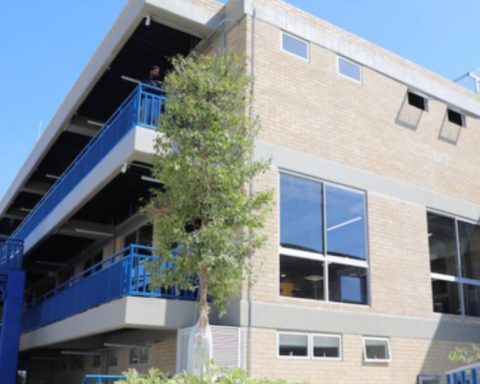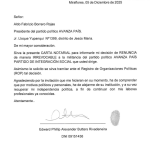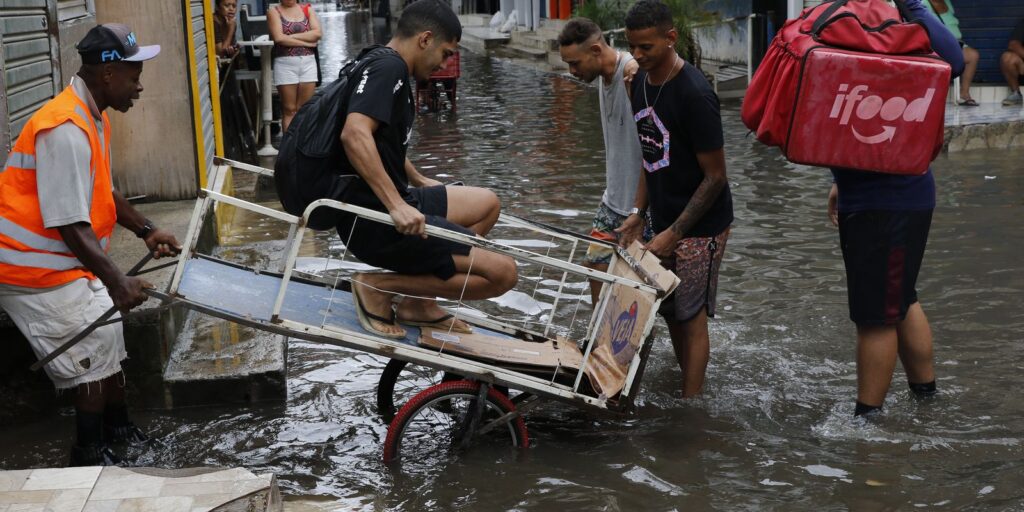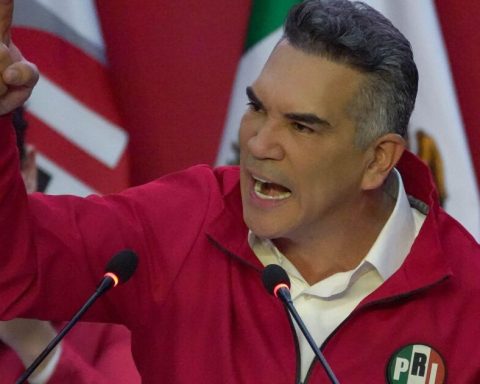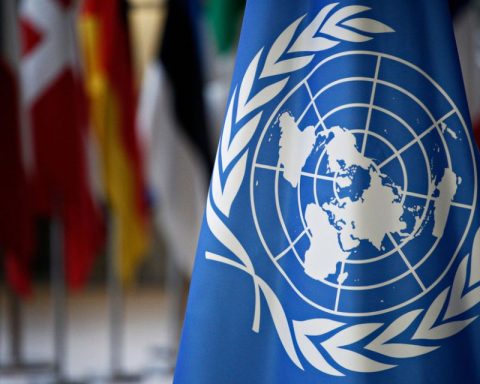Amid a global bond crash and as inflation concerns spread across the globe, Latin American swaps have taken a sudden and unexpected turn.
(Macroround 90 left US$238 million in business opportunities).
The rates in Colombia and Chile collapsed this week after the central banks in both countries took a surprisingly dovish stance in the last monetary policy meetings. Chile raised its benchmark rate less than most analysts expected and signaled that hikes will be smaller in future, while Colombia shocked markets with a smaller rate increase than any economist expected. had anticipated.
(Chile, the first country to issue a sustainability bond).
The facts emulate what happened in Brazil just two weeks earlier, when policymakers signaled that the next rate hike would be their last, triggering a rapid price reversal in the derivatives market. It means that much of the continent is now in contrast to rising yields in the United States and Europe, where policymakers have been much slower to raise rates.
“They appear less willing than before to act aggressively in the face of rising inflation risks,” William Jackson, chief emerging markets economist at Capital Economics, wrote in a note.
Although rates fell in some of the largest economies in Latin America, US Treasuries ended their worst quarter since at least the early 1970s, affected by expectations of a series of more aggressive interest rate hikes by the Federal Reserve. The Fed started raising rates in March and is expected to continue to do so steadily for the rest of the year.
CENTRAL BANKS OF LATIN AMERICA
Latin American central banks were among the first to start raising rates last year, and Brazil has raised its reference rate from 2% to 11.75%. Now, operators anticipate that they will also be the first to stop. In Chile, Colombia and Brazil, the swap rates are indicating that inflation will slow down, approaching the objectives of the central banks, which will allow them to soften the tightening of their monetary policy.
Chile’s two-year swap rate has fallen 93 basis points to 7.11% since Tuesday, when the central bank raised the rate by 150 basis points to 7%, the lowest expected by analysts. Economists’ estimates ranged between 150 and 200 basis points, while the swap curve had priced in the chances of an even bigger move.
The surprise in Chile led traders to anticipate the possibility that Colombia would also adopt a more dovish approach, dragging down the swap rate ahead of the central bank’s meeting on Thursday afternoon. The two-year IBR swap rate fell 27 basis points on Wednesday, 21 the next day and another 47 on Friday, ending the week at 7.90%.
Colombia’s monetary policymakers raised rates by just 100 basis points to 5%, half a point less than the median of the forecasts. Traders have since lowered their expectations for the benchmark six-month rate from over 9% to 8.3%.
Brazil’s swap rate has been falling since the last central bank decision held on March 16, when policymakers indicated they planned to end the tightening cycle with a final 100 basis point hike in may. The contract due in January 2025 has fallen 112 basis points since then and the short end of the curve is now only pricing in 40 basis points in post-May increases, down from 115 basis points in early March.
BLOOMBERG





